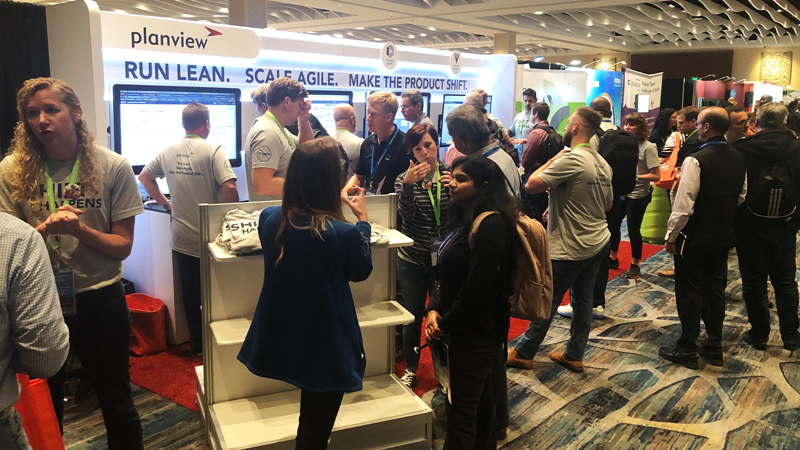
In the first blog of this series, we took a look at some high-level questions we’ve been asked since announcing our product enhancements to support costing Agile and Agile software capitalization.
In this blog, I’m going to dig a bit deeper in the how-to and answer these questions:
- How do you get from time to cost? How does Planview apportion your time?
- What happens if people are assigned to things they aren’t working on?
- How do you include team members that might not have any assigned cards, like Scrum Masters and Product Owners?
- Does Agile costing work for overtime or hourly employees?
- Is it possible to do traditional time sheet tracking/reporting, while also dabbling in automatic Agile costing?
- Is there fidelity in this costing process when compared to the traditional, manual gathering of timesheet data?
Let’s get right to it.
Q: How do you get from time to cost? How does Planview apportion your time?
A: This is all in how you move your card in Planview AgilePlace. So, we take the available time a person or team has and divide that number by the number of cards in process. We encourage fundamental Agile practices, so in process cards/available capacity hours per team equals cost. Teams need to limit Work in Process (WiP) and keep the board or backlog up to date. Again, this is pretty typical practice for any organization or group implementing Agile practices and/or principles.
Q: What happens if people are assigned to things they aren’t working on?
A: Agile is all about continuous improvement! Kanban practices are no exception. You can’t accurately measure WiP if you don’t keep your work up to date so that it represents what’s happening on your team (standard Agile practices). Let the team embrace these practices so automation can just happen in the background.
Q: How do you include team members that might not have any directly assigned cards, like Scrum Masters and Product Owners?
A: Every individual is key to the team, so we rolled teamwork into the automation. Even when a Scrum Master or Product Owner isn’t assigned to individual cards and tasks, Portfolios knows everyone on your team and the system will proportionally spread the time for anyone who doesn’t have data to match.
If there are 3 people on a team with 5 cards, the Scrum Master’s time gets divided 5 ways. The Scrum Master or Product Owner’s time is going to be split proportionally across all your user stories for the corresponding features in Portfolios.
Q: Is it possible to do traditional time sheet tracking/reporting, while also dabbling in automatic Agile costing?
A: Agile costing can be run by team and department. Meaning that you can begin leveraging Agile costing for a small team or multiple teams, while the rest of the organization still completes the timesheet manually. You can also use this to take a mix of governance approaches discussed in the previous blog, supporting groups that need different levels of manual oversight.
Bottom line: Agile costing is flexible enough to handle the complexity of different types of organizations.
Q: Is there fidelity in this costing process when compared to the traditional, manual gathering of timesheet data?
A: As with any Agile organization, Planview develops solutions through collaboration with many customers. The Agile costing product feature and capabilities are no different. We’ve discussed and validated with our customers’ Finance leaders, and we see this as a huge opportunity to bring Finance on-board with Agile transformation efforts. Agile costing and Agile software development capitalization seems like one of the last hurdles needed to get over before an organization can truly say it’s transformed.
Further, we have a Certified Public Accountant (CPA), Carina Hatfield, who serves as our Director of Product Management, who is super passionate about meeting Finance needs. Her process on our approach included validation with other CPAs and auditors. She is willing to talk to anyone about how they are handling Agile transformation from an Agile costing perspective, whether they’re in finance, auditing the Agile efforts, or a PMO trying to bridge the conversations between Agile leaders and finance.
So, there you have it – the most frequently asked questions for costing Agile and Agile software development capitalization. If you have additional questions, reach out to [email protected].
If you’re looking for more of a deep dive on Agile software development capitalization, read our eBook. We also did a short on-demand webinar that gives a high-level overview of the problem we’re trying to solve and the solution to this problem in a short demo.






